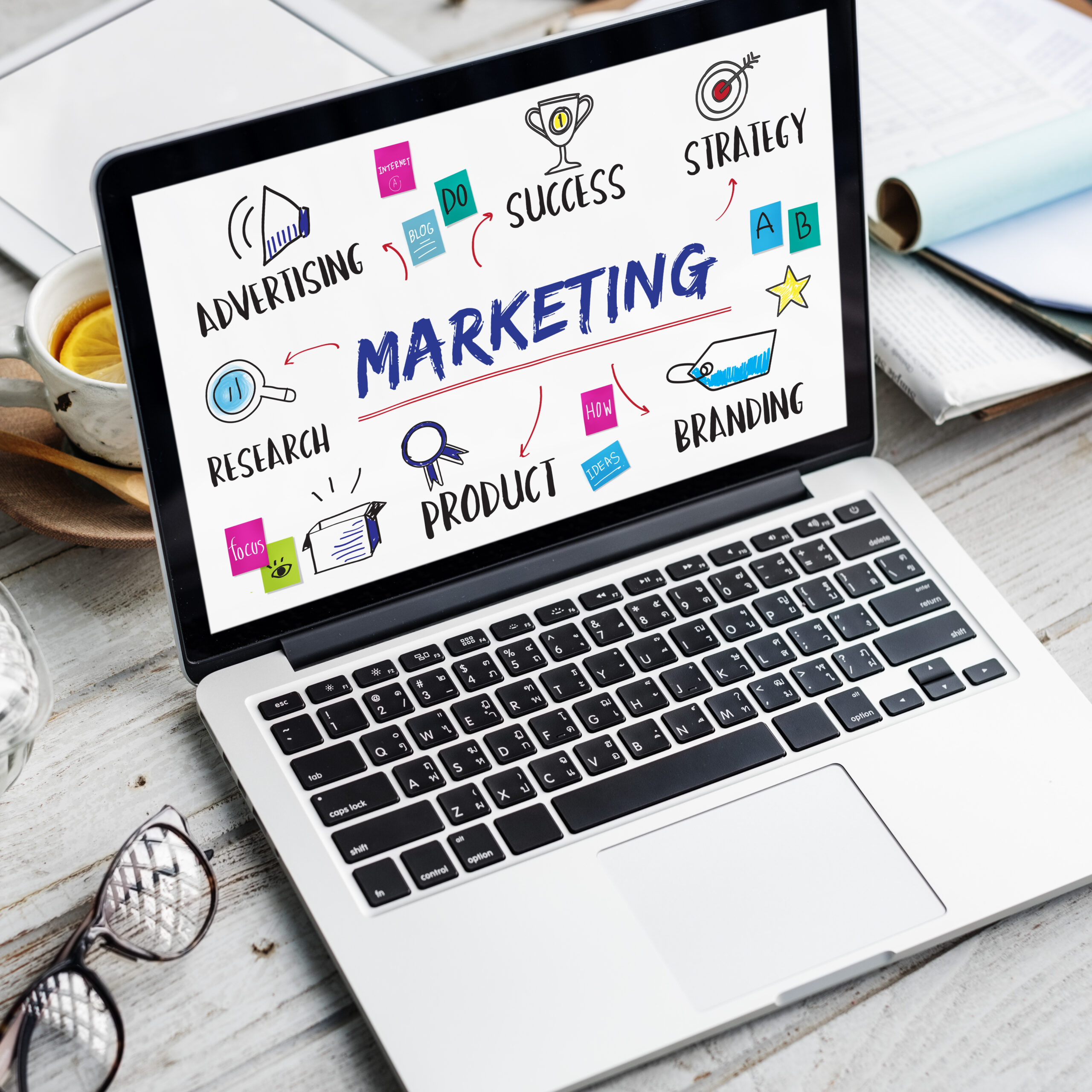
What is Digital Marketing?
What Is Digital Marketing? A Complete Guide for Businesses in 2025
In today’s connected world, digital marketing isn’t just an option — it’s essential. Whether you’re a startup, small business, or enterprise, reaching your audience online is key to growth. But what exactly is digital marketing, and how can your business use it effectively?
Let’s break it down.
What Is Digital Marketing?
Digital marketing refers to the use of digital channels such as search engines, social media, email, websites, and mobile apps to promote a product or service. Unlike traditional marketing, it allows businesses to interact with their audience in real-time and track performance with precision.
In simple terms: it’s how you promote your brand online and connect with your ideal customers.
Why Digital Marketing Matters in 2025
With over 5 billion internet users globally, digital marketing has become the most effective way to:
- Build brand awareness
- Attract qualified leads
- Increase customer engagement
- Drive sales and ROI
- Compete with bigger brands
It levels the playing field, allowing smaller companies to compete with industry giants through smart, targeted strategies.
Core Components of Digital Marketing
Let’s explore the main types of digital marketing you should know about:
1. Search Engine Optimization (SEO)
Goal: Improve your website’s visibility in search engine results.
SEO helps your website rank higher on Google when people search for terms related to your business. For example, if you sell shoes, you want to show up when someone types “buy running shoes online.”
Key elements of SEO:
- On-page SEO (keywords, meta tags, content quality)
- Off-page SEO (backlinks, social shares)
- Technical SEO (site speed, mobile-friendliness)
2. Pay-Per-Click Advertising (PPC)
Goal: Drive traffic through paid ads.
PPC allows you to bid on keywords and display ads on platforms like Google Ads or social media. You only pay when someone clicks your ad.
Benefits:
- Instant visibility
- Measurable results
- Budget control
Common PPC platforms: Google Ads, Facebook Ads, LinkedIn Ads.
3. Social Media Marketing
Goal: Build relationships and promote your brand through social platforms.
This involves creating and sharing content on platforms like Instagram, Facebook, LinkedIn, X (Twitter), and YouTube.
Effective social media strategy includes:
- Consistent posting
- Engagement with followers
- Paid social ads
- Influencer partnerships
4. Content Marketing
Goal: Educate and engage your audience with valuable content.
This includes blogs, videos, infographics, eBooks, podcasts, and more. Instead of directly selling, you provide information your audience finds useful.
Why it works:
- Builds trust and authority
- Boosts SEO
- Encourages sharing and loyalty
5. Email Marketing
Goal: Nurture leads and stay top-of-mind with customers.
Email is still one of the highest ROI marketing channels. Use it to send updates, offers, tips, and personalized content.
Best practices:
- Build a quality email list
- Segment your audience
- Write compelling subject lines
- Include clear calls-to-action (CTAs)
6. Affiliate and Influencer Marketing
Goal: Leverage others to promote your brand.
Affiliate marketing involves partners promoting your products for a commission. Influencer marketing uses individuals with large followings to promote your services.
Both offer access to new audiences and build credibility quickly.
How to Build a Digital Marketing Strategy
Ready to get started? Follow these steps to build an effective digital marketing plan:
Step 1: Define Your Goals
What do you want to achieve?
- Brand awareness
- Lead generation
- Website traffic
- Sales and revenue
Set SMART goals (Specific, Measurable, Achievable, Relevant, Time-bound).
Step 2: Know Your Audience
Understand who your ideal customers are:
- Age, gender, location
- Interests and behaviors
- Online habits and buying journey
Use tools like Google Analytics, Facebook Insights, and surveys.
Step 3: Choose the Right Channels
Based on your audience and goals, select the platforms that will give you the best return. Don’t spread yourself too thin — start with 2–3 core channels.
Step 4: Create Quality Content
Content is the foundation of digital marketing. Focus on:
- Solving problems
- Answering questions
- Entertaining or inspiring
- Aligning with search intent
Consistency is key!
Step 5: Analyze and Optimize
Use tools like Google Analytics, SEMrush, or HubSpot to track:
- Website traffic
- Conversion rates
- Bounce rates
- Engagement metrics
Test, learn, and improve continuously.
Trends to Watch in 2025
The digital marketing landscape is always evolving. Here are key trends shaping the future:
- AI-Powered Tools: Personalized content, chatbots, predictive analytics.
- Voice Search Optimization: Optimize for how people speak, not just how they type.
- Short-Form Video: Reels, TikToks, and YouTube Shorts continue to dominate.
- Zero-Click Searches: Featured snippets and rich results are key to visibility.
- Sustainability & Values: Consumers prefer brands with strong ethics and purpose.
Final Thoughts
Digital marketing is no longer optional — it’s the engine that drives modern business success. With the right strategy, tools, and content, you can reach your audience where they are and turn interest into action.
Whether you’re just starting or looking to refine your strategy, digital marketing offers endless possibilities to grow, connect, and succeed.
